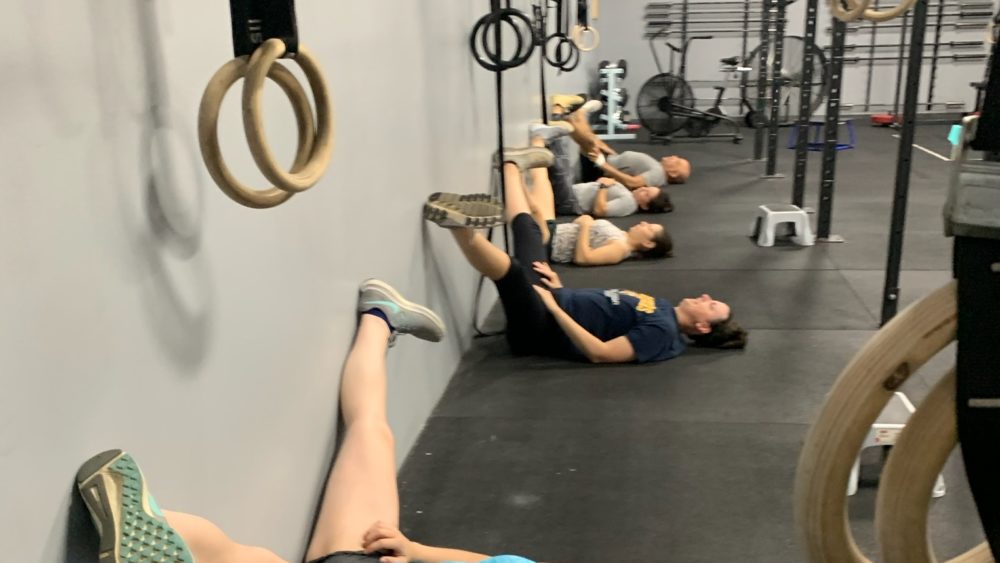
Over the years, flexibility and mobility are two words that come up often whenever we’re discussing movements that are not easily accomplished by those of us who spend too much time at a desk. We’ve used these words interchangeably, but I think it’s time we really discuss the two as separate aspects of the same problem. It’s important to have both flexibility and mobility, and they are not exactly the same. Having both just means you’ll be able to do movements in the gym with little to no problem.
Flexibility from now on needs to be discussed as our PASSIVE range of motion. This is you, not doing anything, and trying to move a joint about a full range of motion. For example, being able to put your arm completely overhead. There are people who cannot do this. For example, let’s use a 75-year-old female who has had multiple shoulder surgeries in her life as an example. She may have limited ability to do this due to those surgeries, the cause, and the correlation. When she is awake and just standing around, if you ask her to put her arm above her head, she CANNOT do this. She lacks the flexibility or passive range of motion due to the surgeries. However, if we were to put her under anesthesia, we would easily be able to take her arm well above her head. A lack of flexibility requires two things to be altered. You must first change the tissue around the joint. You need to spend time rolling out the fascia of the tissue in order to allow for more slack around the joint. Secondly, you have to convince the brain to ALLOW you to go into that range of motion via proprioceptive neuromuscular facilitation or PNF stretching, as we call it (and for good reason). Flexibility is largely controlled by your brain, not just the tissue around the joint. Your brain deems a position unsafe and it does not allow your body to get into that position so you have to trick your brain into allowing the muscles around the joint to relax. This is what we’re doing when we contract and relax while stretching. The brain receives a signal of pressure from the muscle and after that initial shock, it relaxes. It is at this point that you can claim a new range of motion.
Mobility is your ACTIVE range of motion. This is what is required in order to perform a movement with good technique. An example of a person with adequate flexibility but lacking in mobility is someone who may have trouble getting in a good front rack position. They have the flexibility to touch their shoulders with their hands, i.e their elbows flex all the way. However, the moment we give them a bar, their elbows no longer drive up and their shoulder locks into place. The disconnect here is neurological. They simply need to spend more time in the position to learn it. Another good example is those who can’t get all the way down or almost fall over when we hold the bottom of the squat. Now, if they hold a 10# bumper plate, it suddenly becomes the world’s greatest squat. The flexibility to get into the position is there, but our brains are having trouble learning the awareness required to perform the movement with good technique.
If you have adequate flexibility, you should be able to perform any movement we throw at you with just a little more learning of said movement. If you do not have adequate flexibility, like not being able to touch your toes with a straight leg or being able to get your knee above your hip while laying on the floor, then you need to spend more time rolling out and stretching. If you do not have adequate flexibility because of an injury, then we’ll have to change things around for you but as far as I know none of you have that problem. So stretch more and spend time in tough positions more!
To learn more about how you can gain better flexibility and range of motion, connect with us.
